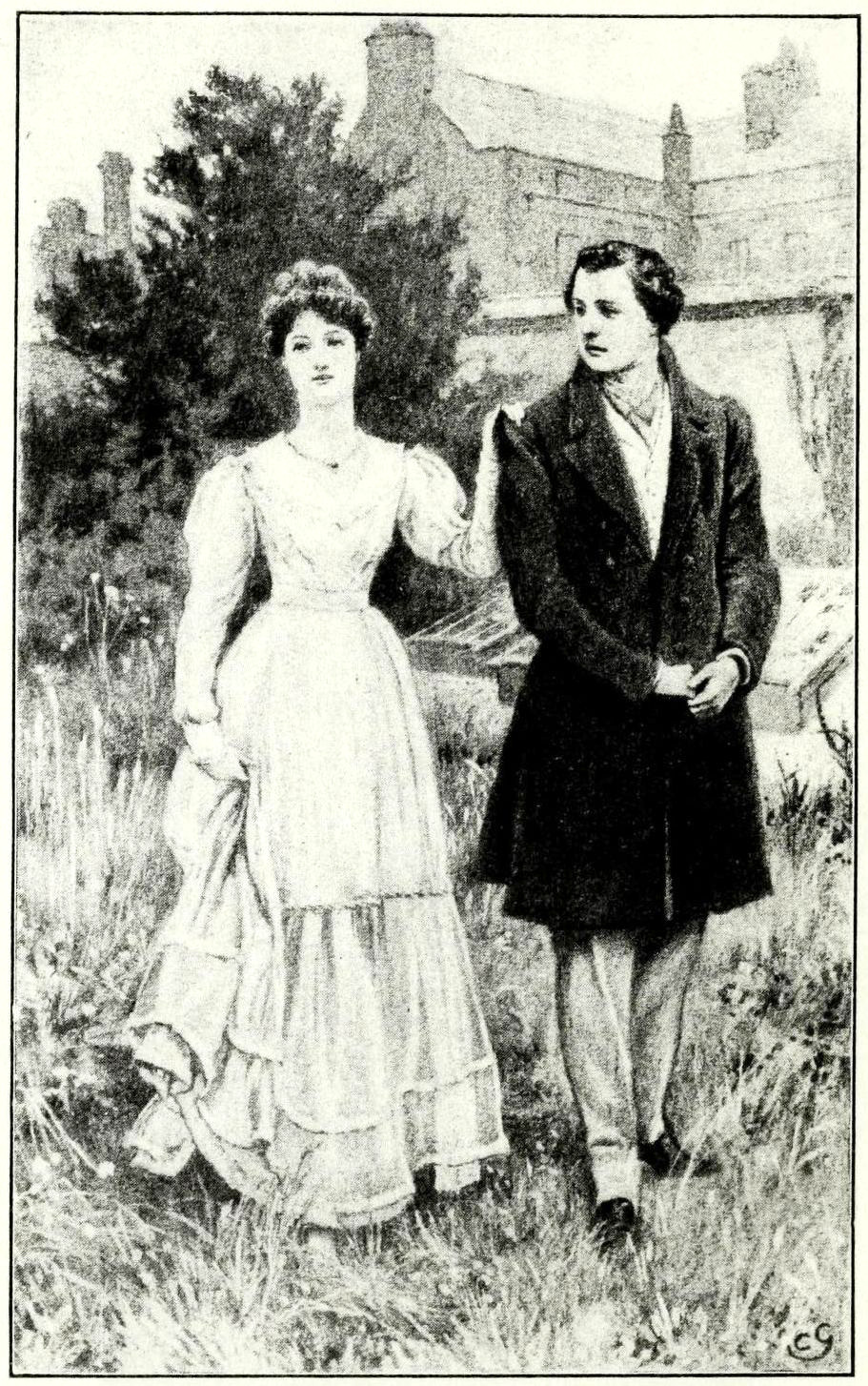Note that your final mark will not be saved in the system.
Themes, Ideas and Messages Typeit
Type the correct answers into the spaces. Fill all the spaces before clicking ‘Check Answers!’

This quiz relates to Assessment Objectives 2 and 3 (AO2 and AO3).
Dickens approaches his subject matter in the novel in a manner, although the tone is also reflective and melancholic. The author's main target is people who pursue social at any cost, and Pip's narrative illustrates how a person's rejection of their origins can lead to feelings of . Aside from his aspiration to possess Estella, other elements of the narrative come to reinforce Pip's rejection of his humble origins. These can take the form of symbols, such as and criminals, creating further unwholesome associations with Pip's past: Prison, Magwitch, Orlick and Compeyson all play a symbolic role in this respect. One of the major philosophical questions that Dickens poses the reader is: can someone ever overcome a tainted past?
In Great Expectations Dickens adapts the genre of the , although it is quite different in tone and style from the German examples. For one thing, Pip is a protagonist, whose main battle is with his own ; however, he has gained substantially greater self-understanding at the narrative's end. In political terms, the entire narrative can be viewed as a for the conflict between capitalist and social democratic values, with London the of the former and Pip's village representing the latter.
A significant formal element to be studied in connection with the novel is the ending, which underwent revision to redress its original pessimism. In the revision it is strongly hinted that Pip and Estella will be more than just acquaintances. This ending is more characteristic of fiction, and so Dickens may have been fulfilling the expectations of , as well as those of his readers for a happy ending. However, it can also be added that by keeping the way to Estella's heart open, Pip is denied for a subject that has caused him great misery.